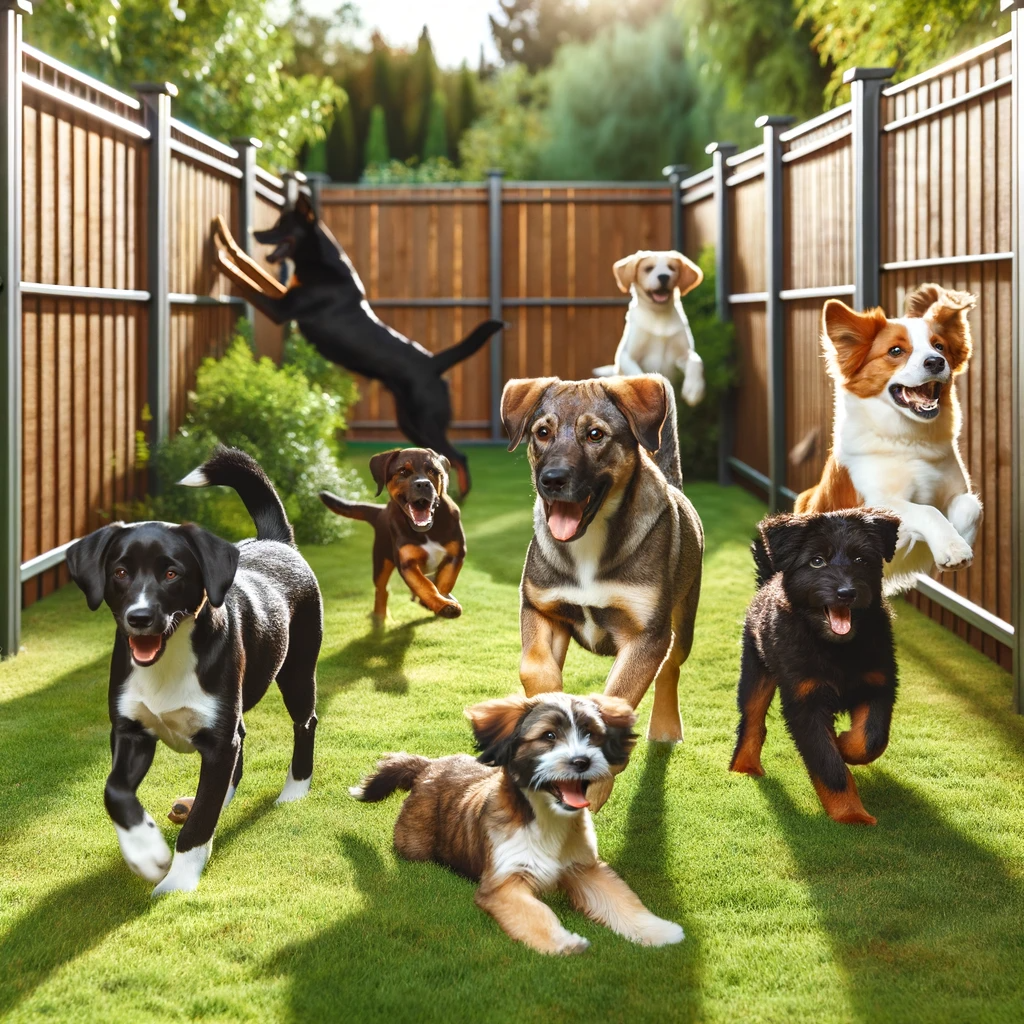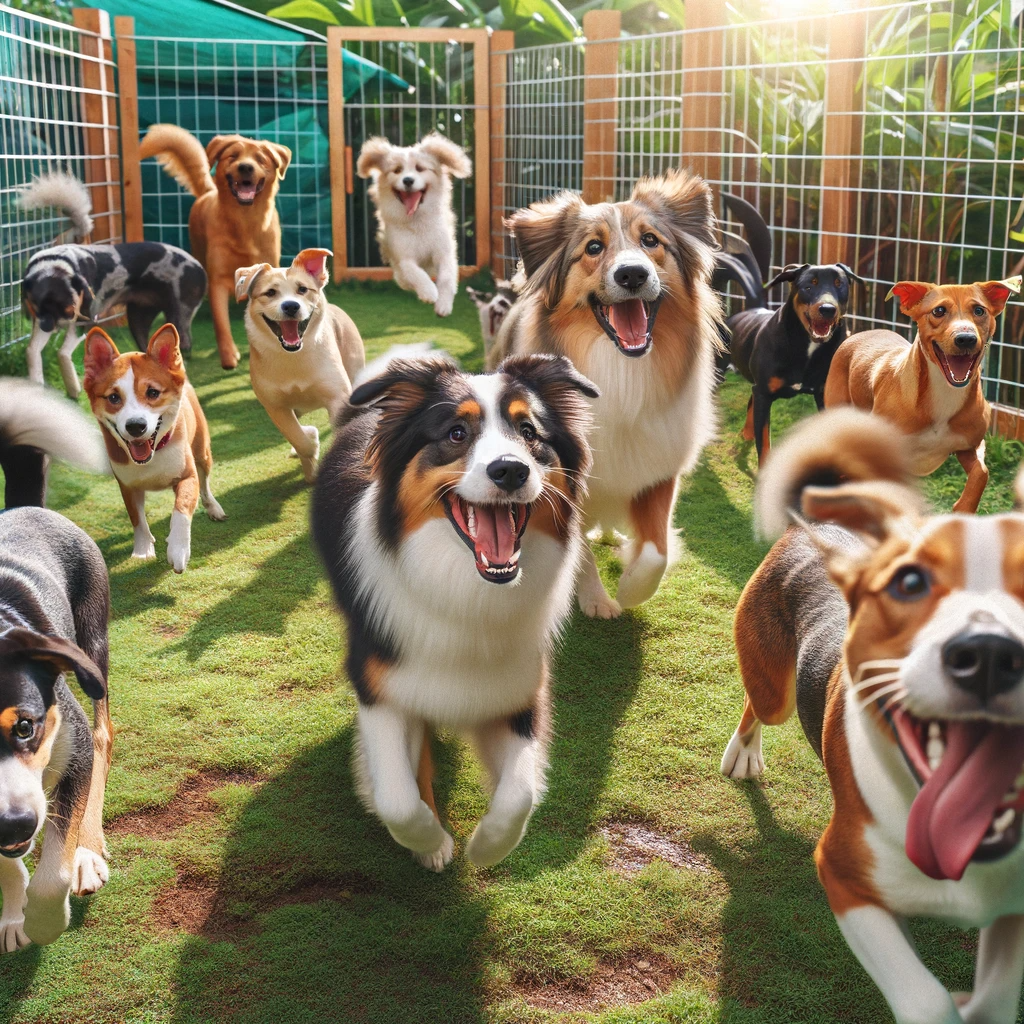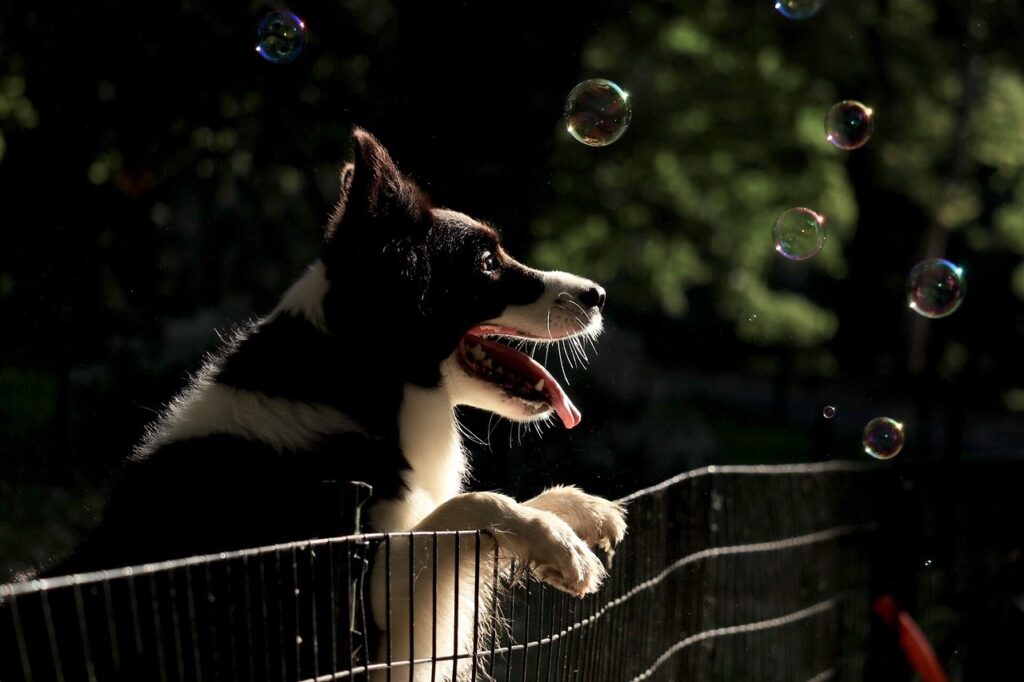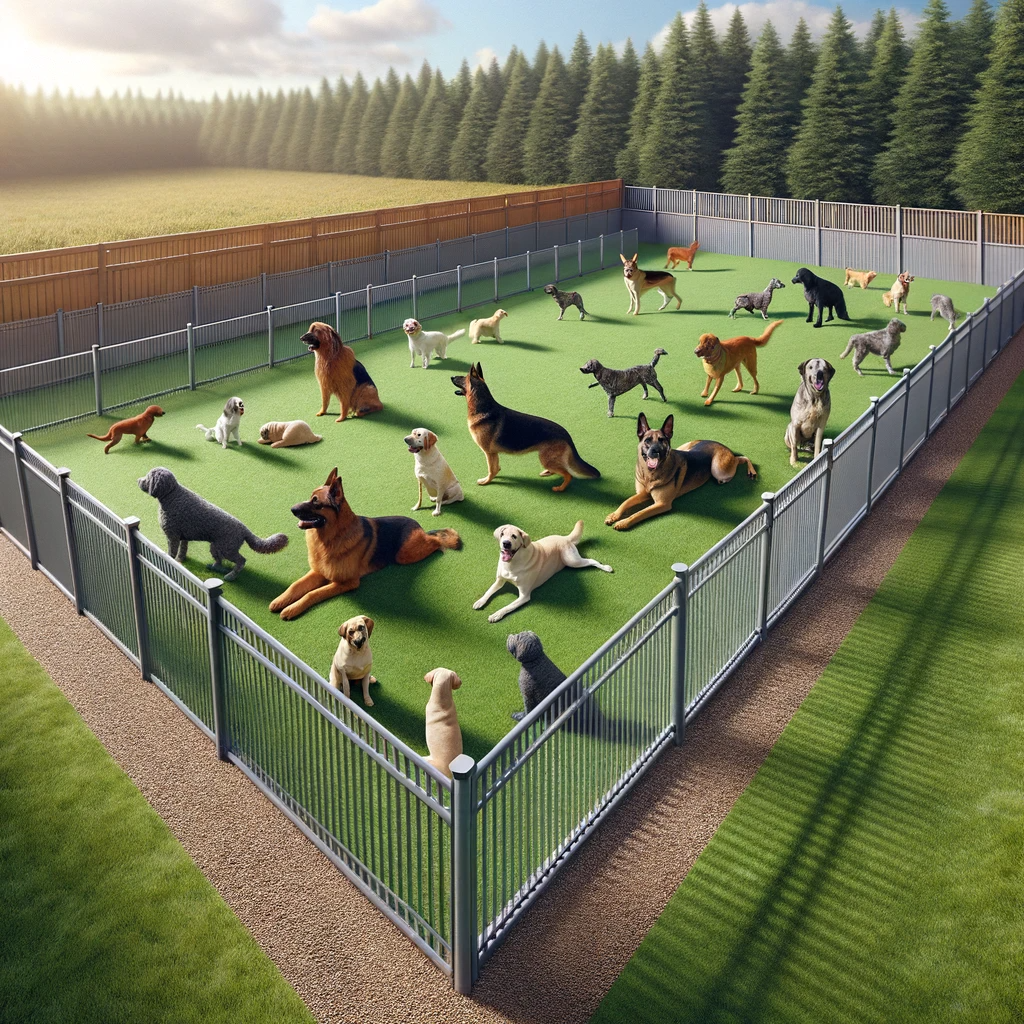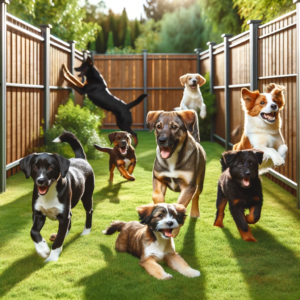
Choosing the Right Dog Fence: A Comprehensive Guide
As a responsible dog owner, ensuring your furry friend’s safety and happiness is paramount. The challenge arises when faced with numerous options for dog fencing. How do you select the best dog fencing that aligns with your specific needs? This blog post reviews popular types of dog fences, offering insights into their pros and cons.
Privacy Fences
Privacy fences, often made from wood or vinyl, are a popular choice for dog owners seeking to create a secure and secluded outdoor space for their pets. Here’s a more detailed look at the pros and cons:
Pros:
- Complete Seclusion: Privacy fences provide dogs with a secluded area, reducing barking and stress caused by external stimuli.
- Durability: Crafted from robust materials, these fences withstand chewing and scratching, making them suitable for dogs with such tendencies.
- Customization: Homeowners can tailor the fence’s height and layout to match their yard, ensuring ample space for their dogs.
Cons:
- Installation Costs and Time: Privacy fences can be expensive and time-consuming to install. Professional assistance may be required, depending on yard size and layout.
- Blocking Views: While offering privacy, these fences may obstruct views and make the yard appear smaller.
Chain Link and Slat Fences
Chain link and slat fences provide an affordable and low-maintenance option for dog owners. Let’s explore the specifics:
Pros:
- Affordability: These fences are cost-effective, making them accessible to a wide range of dog owners.
- Dig Prevention: Buried underground, chain link, and slat fences effectively prevent dogs from digging underneath.
- Easy Installation: Quick and hassle-free installation, with adjustability to fit various yard sizes.
Cons:
- Privacy and Security Concerns: These fences may not offer sufficient privacy or security for some dogs, and small or agile dogs may be able to squeeze through gaps.
- Maintenance: Chain link fences may rust over time, requiring regular cleaning and maintenance.
- Aesthetic Preferences: Some individuals may find the industrial or harsh appearance of these fences less appealing.
Invisible Electric Fences
Invisible electric fences offer containment without altering the visual appeal of the yard. Let’s explore their features in more detail:
Pros:
- Aesthetic Appeal: Maintains the appearance of the yard without visible physical barriers.
- Effective Containment: The electric shock, while mild, serves as an effective deterrent for dogs approaching the boundary.
- Two Types: There are two types of invisible fences – wireless and wired. Wireless options are portable, while wired ones provide more reliable signals.
Cons:
- Not Universally Suitable: Invisible electric fences may not be suitable for all dogs, as some may not respond well to the shock, leading to fear or aggression.
- Technical Challenges: Issues such as interference, power outages, or wire damage can affect the proper functioning of invisible fences.
- Limitations on Entry: These fences do not prevent other animals or people from entering the yard, potentially posing risks to the dog’s safety.
Portable Fences
Portable fences offer flexibility and convenience, particularly for dog owners seeking temporary or flexible containment solutions. Let’s dive into the details:
Pros:
- Flexibility: Easily assembled and disassembled into various shapes and sizes, providing flexibility in containment.
- Portability: Ideal for travel, camping, or indoor/outdoor use, offering a versatile solution for different scenarios.
- Various Options: The market offers different types of portable fences, such as the Yaheetech Heavy Duty Pet Playpen and the Amazon Basics Foldable Metal Pet Exercise Playpen.
Cons:
- Sturdiness Concerns: Some portable fences may lack the sturdiness required for larger or more robust dogs, who may knock them over or break through.
- Space and Comfort Limitations: Depending on the design, portable fences may not offer enough space or comfort for dogs, especially during extended periods of use.
- Maintenance Requirements: Portable fences may need frequent cleaning and storage, as they can get dirty or damaged easily.
Conclusion
Choosing the right dog fence involves carefully weighing the specific needs of both the owner and the dog. Privacy fences provide seclusion but come with installation costs. Chain link and slat fences are affordable but may lack privacy. Invisible electric fences maintain aesthetics but may not suit all dogs. Portable fences offer flexibility but may lack sturdiness. By considering these factors, dog owners can make informed decisions that prioritize their furry companions’ safety and happiness.

